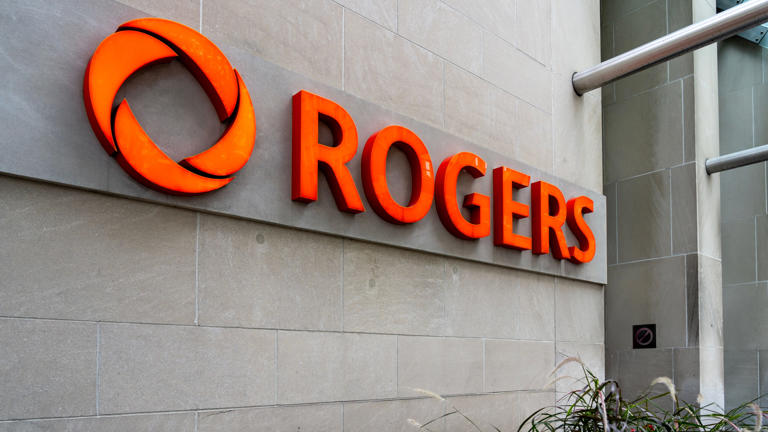
The Canadian Radio-television and Telecommunications Commission (CRTC) has ordered Bell and Telus to give competitors in Ontario and Québec wholesale access to their fibre-to-the-premises (FTTP) networks.
In a recent decision, the commission says competition in these two provinces has declined by 47 percent over the past two years. “These provinces are where competitors have historically attracted the largest number of subscribers, and where they are currently losing subscribers the fastest.”
Both companies acquired independent internet companies over the last two years. Telus took over Start.ca and Altima. Bell acquired Ebox and Distributel.
The CRTC says the decision will impact more than five million households. Companies have six months to implement the decision.
It’s unlikely that either company will take the decision sitting down. Lat week, Bell CEO Mirko Bibic said the company will “slow down” its fibre build if the CRTC cuts wholesale rates.
The decision is part of the wholesale internet review the commission launched on March 8th and focuses solely on the fibre-to-the-home (FTTH) network. The CRTC says it received more than 300 interventions on the proceeding.
The agency will hold a public hearing on February 12th, 2024.
Rogers’ CEO says CRTC internet decision levels ‘the playing field’

Rogers is looking positively at the Canadian Radio-television and Telecommunications Commission’s (CRTC) interim decision on internet rates.
The order, which doesn’t apply to Rogers but does to Bell and Telus, requires the two latter companies to provide competitors wholesale access to their fibre-to-the-premises (FTTP) networks in Ontario and Québec.
While some have criticized the interim rates as too high, the CEO of the Toronto-based telecom giant says these rates “level the playing field.”
“They’re not that different than the wholesale rates that we’ve had for our network,” Tony Staffieri said during a conference call discussing the company’s third-quarter financial results.
The CRTC’s decision focuses on large incumbent telephone companies in Ontario and Québec, where independent wholesale-based competitors saw their subscriber base decrease by 47 percent since 2020. Rogers is listed as an incumbent cable company.
The sale of smaller internet service providers (ISPs) played a role in the decrease. Telus acquired Start.ca and Altima, and Bell took over Ebox and Distributel. But these two companies aren’t the only ones buying out smaller players that serve the two provinces. Cogeco acquired Oxio earlier this year. Rogers joined the list earlier this week with its acquisition of Comwave.
Internet competition in Ontario doesn’t seem to be a major concern for Rogers at this time, given the stress the company is putting on Western Canada.
“Looking ahead, Alberta and British Columbia represent our fastest-growing revenue markets, and we see good growth opportunities ahead. It’s clear we’re creating more competition in the west, and Canadians are responding,” Staffieri said on the 18,000 net retail internet customer additions.
This is an increase of 12,000 year over year. The figure doesn’t include the 1.9 million retail internet customers Rogers acquired through the Shaw takeover.
It’s unclear how much Rogers made from its business alone as the figure is part of the larger cable category, alongside video, smart home monitoring, and home phones. Rogers reports $1.9 billion in revenue, a 104 percent year-over-year increase.
Wireless
In the third quarter, Rogers added 225,000 net postpaid mobile phone subscribers. However, the company’s monthly church rate, which shows how many people are leaving the service provider, increased to 1.08 percent. A year ago, this figure sat at 0.97 percent.
On the prepaid side, Rogers reported a 21 percent loss. The company added 36,000 subscribers in Q3, 2023, compared to 57,000 a year earlier. Churn in this category increased to 6 percent from just under 5 percent reported a year ago.
Rogers increased the monthly average revenue per user (ARPU) by $2 year-over-year to just under $59. “[This] was primarily a result of the impact of the July 2022 network outage-related credits that were issued to customers in the prior year,” the company stated in a press release.
Wireless revenue is $2.5 billion, up 14 percent year-over-year. A majority of the figure (more than $2 billion) comes from service revenue. This is due to increased mobile phone subscribers, revenue from Shaw Mobile subscribers, higher roaming, and outage-related credits.
Without the $91 million in customer credits, the growth is 9 percent, Glenn Brandt, the company’s chief financial officer, said during the conference call.
The remaining $558 million comes from equipment sales as new subscribers purchased devices and customers purchased devices with a higher value.
The company reported an adjusted net income of $679 million, a 56 percent year over year.
Image credit: Shutterstock
No comments:
Post a Comment